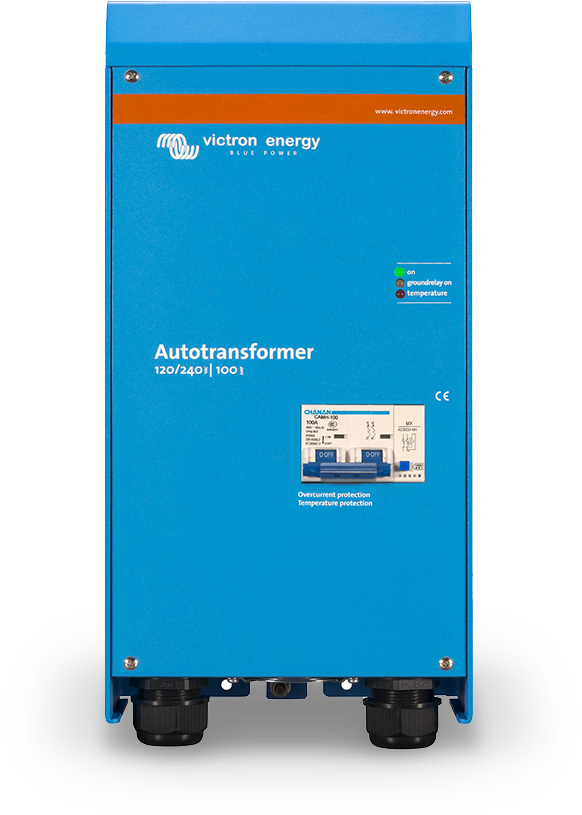Vines
Active Member
I might be too conservative with my DC/AC ratio, so take that for what it is worth.Vines,
Below are the specs of the 2 I was recommended, plus the one you mentioned. I called Enphase and they think the 8A is overkill for my panels, not wrong, just overkill. They say in the Bay Area and the panel specs of what was proposed to me, most installers use the 8M or the 8+. Enphase says that if they had to pick one they would recommend the 8M. One installer explained to me to pay attention also to the input power. The number on the low end indicates if it will still be getting power when the sun is lower in the sky. The 8A has a low end of 295 which is much higher than the others. Any thoughts on that? Also, the installer that recommended the 8+ says that between the 8M and 8+ the difference in energy I'd get over a year is about 2kW according to whatever solar calculator it is that they use.
IQ8M specs:
- Peak output power: 330 VA
- Input power: 260 - 460 W
- Maximum continuous output power: 325 VA
IQ8+ has these specs:
- Peak output power: 300 VA
- Input power: 235 - 440 W
- Maximum continuous output power: 290 VA
IQ8A specs:
- Peak output power: 366 VA
- Input power: 295 - 500 W
- Maximum continuous output power: 349 VA
- Operating range: 16 – 58 V
I know plenty of people use higher DC/AC ratios than I do. Currently the inverters we use output 384W continuously, and are paired with 415W or 425W modules. This is about 1.1 DC/AC ratio. I think Tesla allows up to 1.7, and it is common to see around 1.3.
As far as the startup voltage, all the IQ8 microinverters we are discussing have a startup voltage of 30VDC and a minimum voltage of 25VDC. They will all perform equally well in low light conditions. The number you are quoting as lower is "commonly used module pairings"



